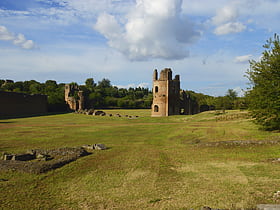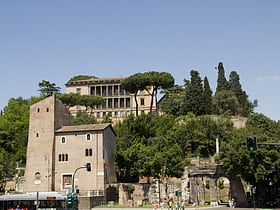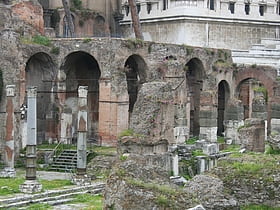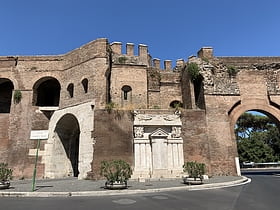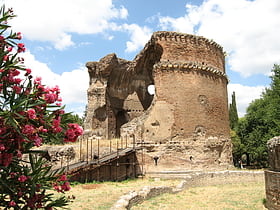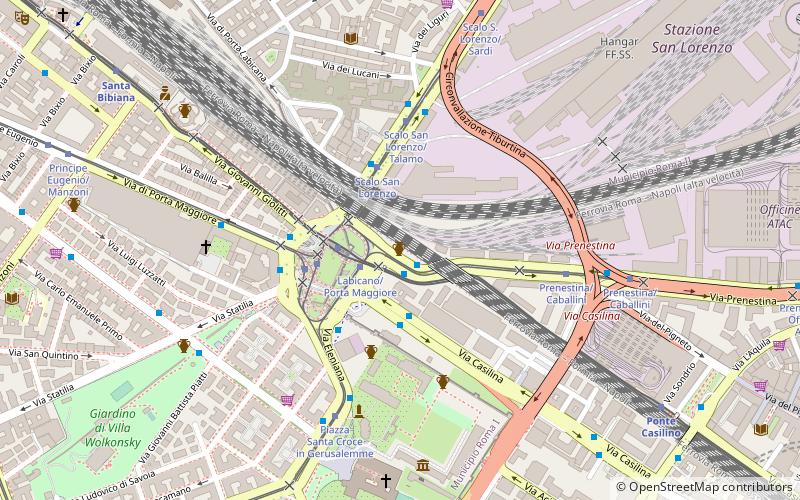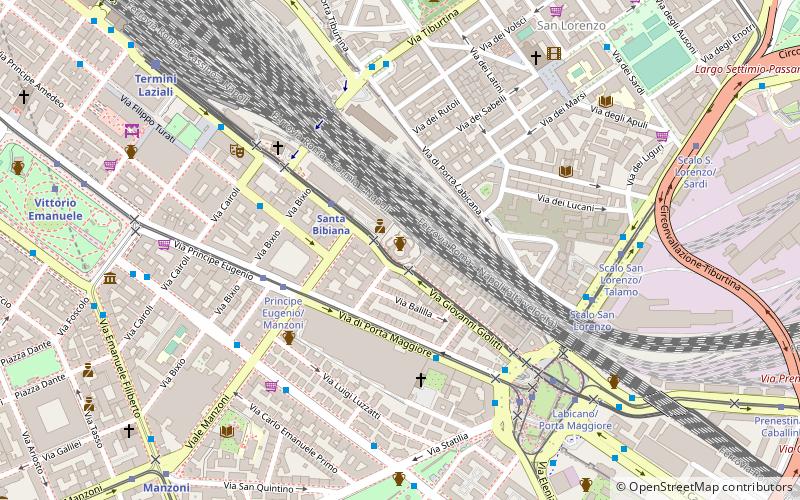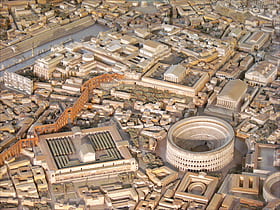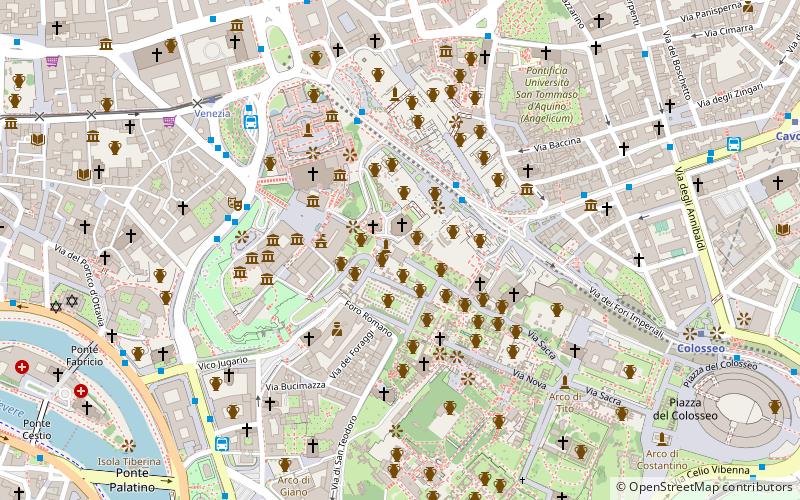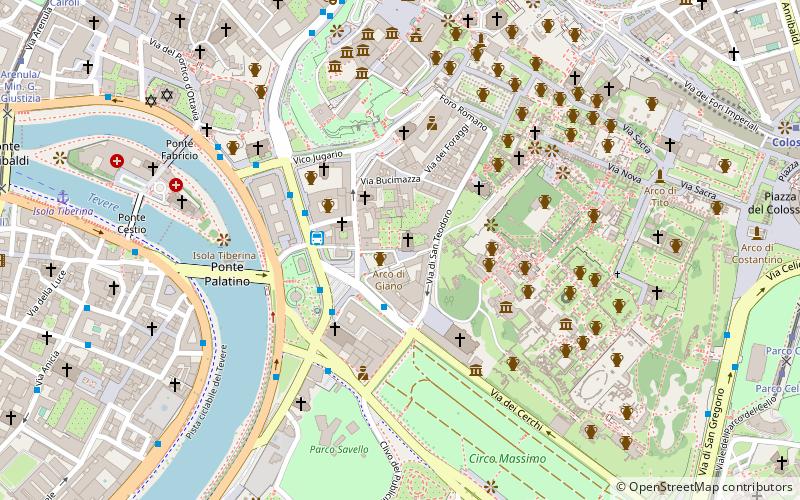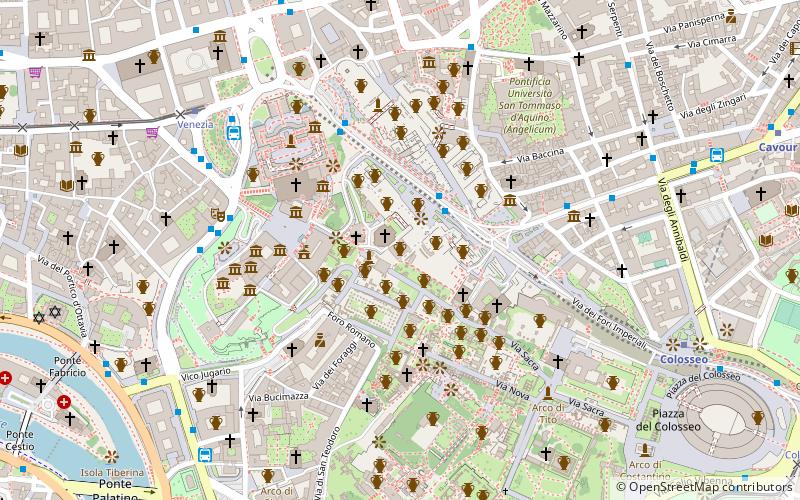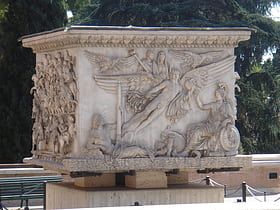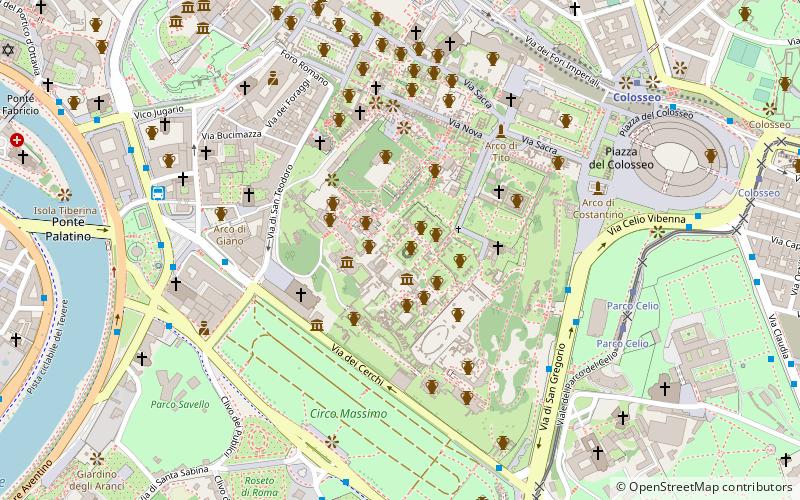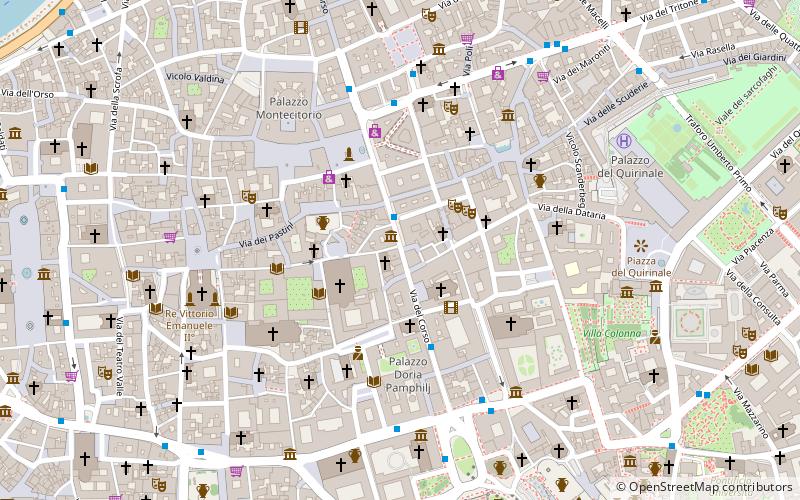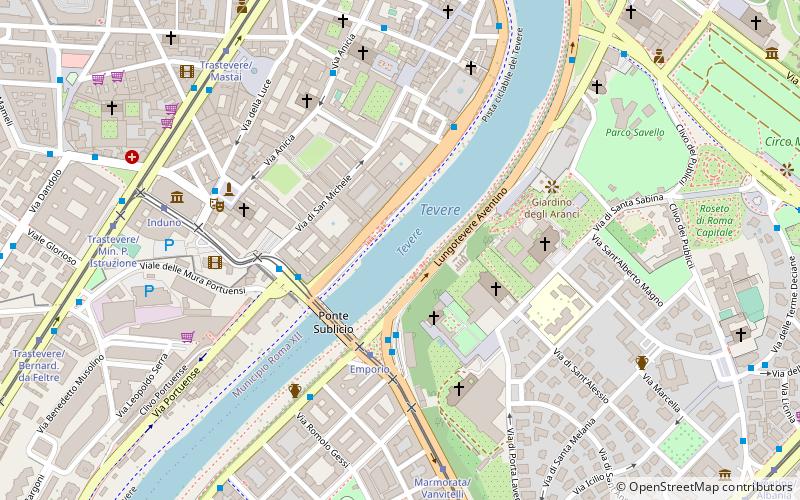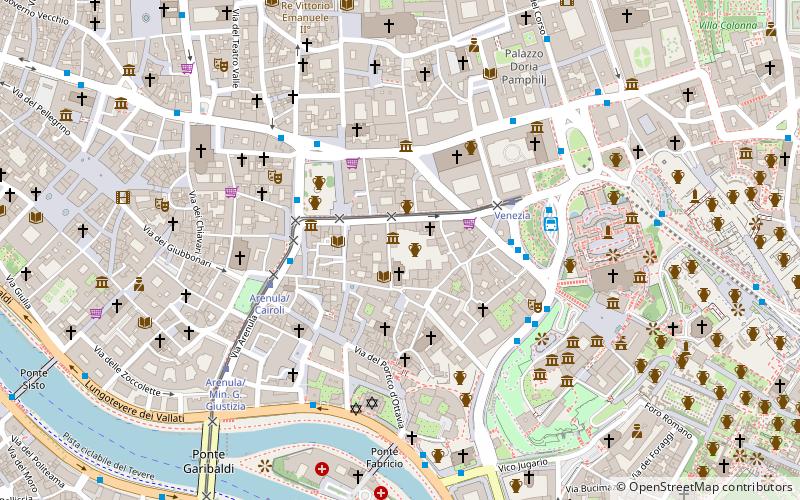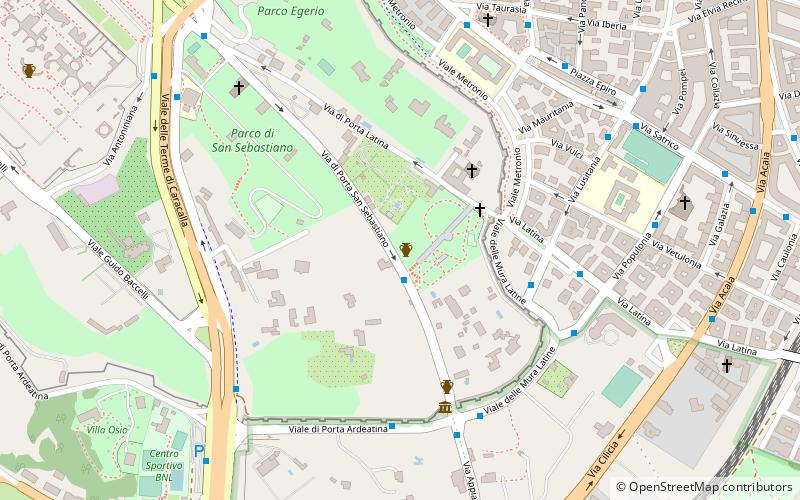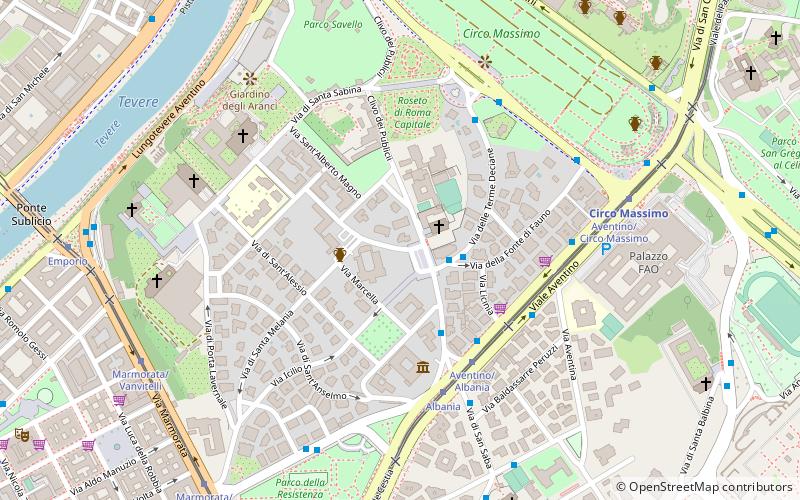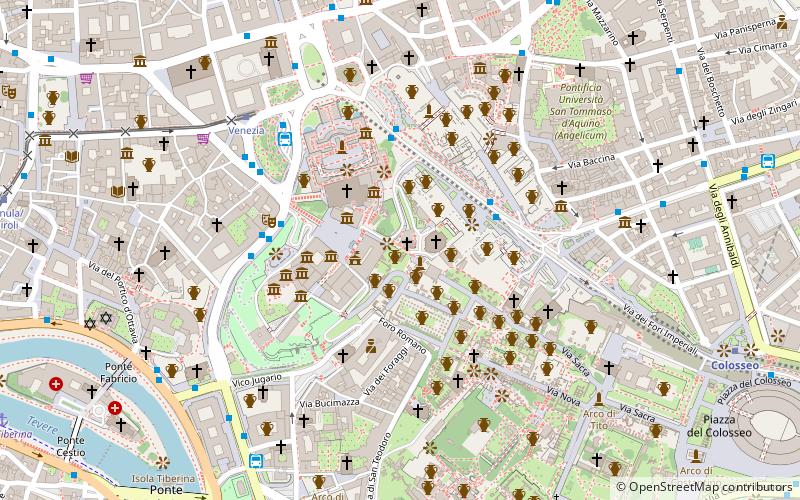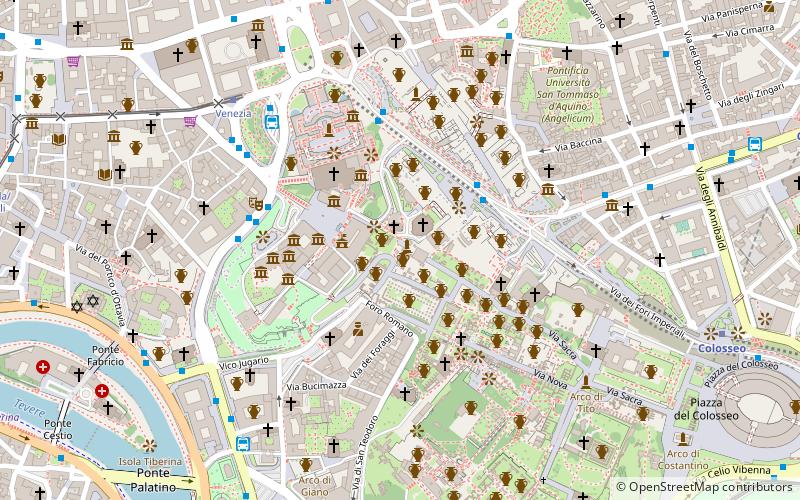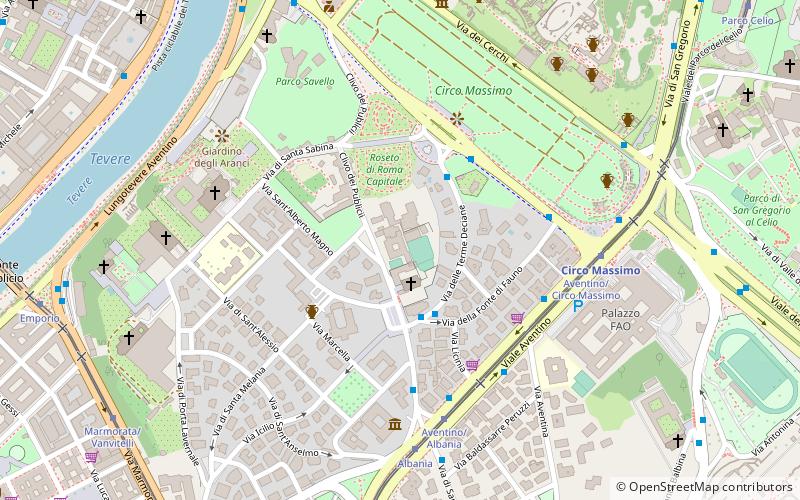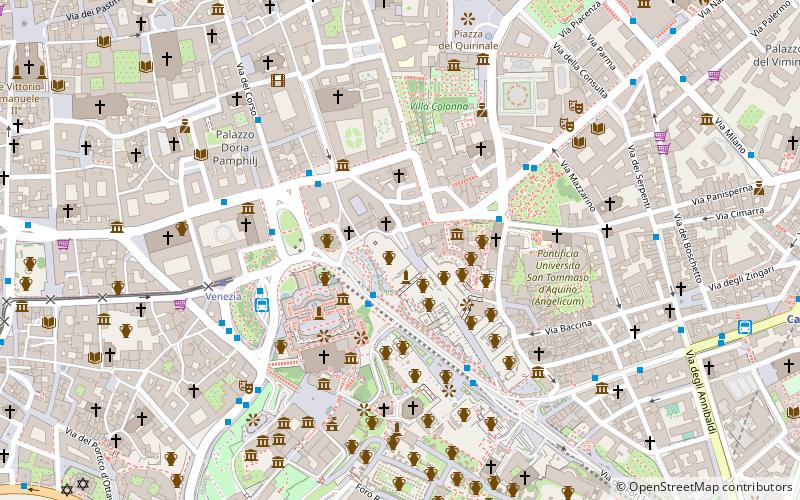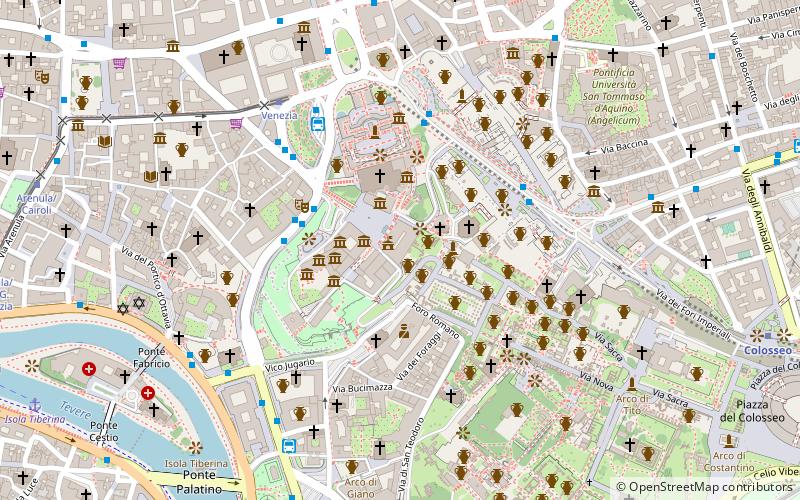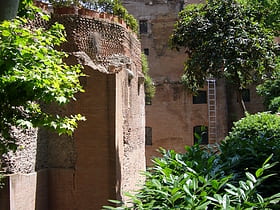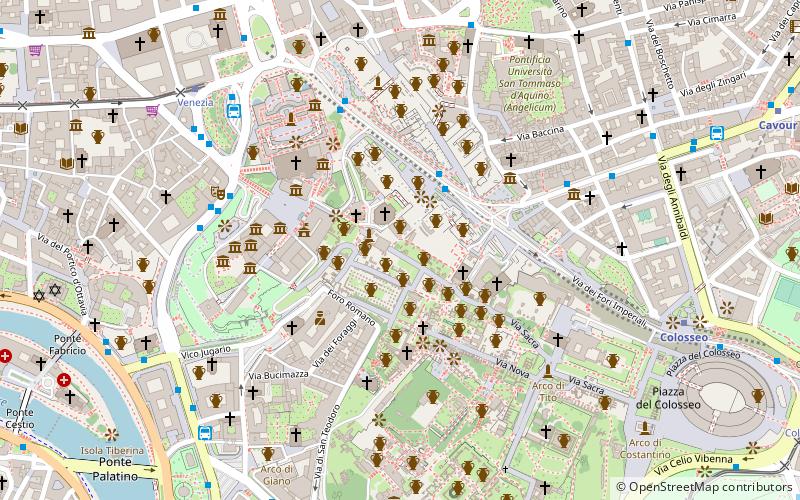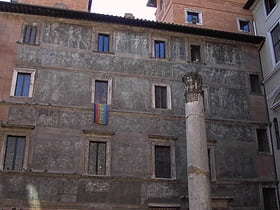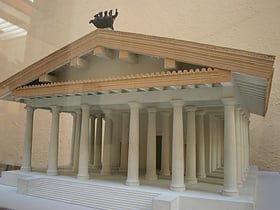Rome: Ancient Roman Architecture
Places and attractions in the Ancient Roman architecture category
Categories
- Church
- Baroque architecture
- Historical place
- Museum
- Palace
- Sacred and religious sites
- Vernacular architecture
- Architecture
- Street
- Art museum
- Ancient Roman architecture
- Ruins
- Fountain
- Park
- Monuments and statues
- History museum
- Square
- Bridge
- Temple
- Renaissance architecture
- Neighbourhood
- City gate
- Romanesque architecture
- Specialty museum
- Arch
- Theater
- Cemetery
- Catacombs
- Archaeological site
- Historic walking areas
- Concerts and shows
- Sport
- Sport venue
- Giacomo della Porta
- Hill
- Gianlorenzo Bernini
- Art gallery
- Tomb
- Francesco Borromini
- Shopping
- Natural attraction
- Archaeological museum
- Martino Longhi il Vecchio
- Unesco
- Carlo Maderno
- Library
- Carlo Rainaldi
- Spiritual
- Opera
- Arenas and stadiums
- Aqueduct
- Nature
- Modern art museum
- Mausoleum
- Obelisk
- Giovanni Battista Soria
- Giovanni Antonio De Rossi
- Tower
- Forts and castles
- Music venue
- Garden
- Golf
- Hotel
- Gothic Revival architecture
- Nightlife
- Baths
- Amusement park
- Memorial
- Shopping centre
Villa of Maxentius
Nestled in the heart of Rome, the ancient Villa of Maxentius offers a rich historical experience as an open-air museum that captures the imagination of tourists and historians alike. This remarkable archaeological complex, which dates back to the early 4th century, was...
Forum Holitorium
The Forum Holitorium, nestled within the bustling heart of Rome, Italy, stands as a testament to the city's ancient commercial and religious activities. This archaeological site, characterized by its historical significance, was once a bustling marketplace dedicated...
Basilica Argentaria
The Basilica Argentaria is a lesser-known yet historically significant site nestled in the heart of Rome, Italy. This ancient structure, whose roots date back to the Imperial era, was once a bustling center of commerce. Today, its remains offer a unique glimpse into...
Porta Pinciana
Porta Pinciana is a gate of the Aurelian Walls in Rome. The name derives from the gens Pincia, who owned the eponymous hill. In ancient times it was also called Porta Turata and Porta Salaria vetus, as the oldest Via Salaria passed under it.
Curia Julia
The Curia Julia is the third named curia, or senate house, in the ancient city of Rome. It was built in 44 BC, when Julius Caesar replaced Faustus Cornelius Sulla's reconstructed Curia Cornelia, which itself had replaced the Curia Hostilia.
Villa Gordiani
Villa Gordiani is a park along the Via Prenestina, in Rome, Italy. It is home to several ancient Roman remains, traditionally identified with the villa of the Gordian imperial family, which included three Roman emperors of the 3rd century, Gordian I, Gordian II and Gordian III.
Basilica Sotterranea di Porta Maggiore
The Porta Maggiore Basilica is an underground basilica discovered in 1917 near Porta Maggiore in Rome. It is dated to the first century BC.
San Giovanni Battista dei Cavalieri di Rodi
San Giovanni Battista dei Cavalieri di Rodi is a church in Rome, on piazza del Grillo in the Monti district. Its full title is the Palatine Chapel of Saint John the Baptist of the Knights of Rhodes.
Basilica Hilariana
The Basilica Hilariana was a sanctuary dedicated by the cult of Cybele on the Caelian Hill in Rome, Italy, in the name of a certain M. Poplicius Hilarus and identified by an inscription in Latin: collegium dendrophorum Matris deum magnae et Attidis, lit. 'college of dendrophori of the Great Mother Goddess and of Attis'.
Tempio di Minerva Medica
The erroneously named Temple of Minerva Medica is, in fact, a ruined nymphaeum of Imperial Rome, lying between the via Labicana and Aurelian Walls and just inside the line of the Anio Vetus.
Column of Phocas
The Column of Phocas is a Roman monumental column in the Roman Forum of Rome, Italy, built when Rome was part of the Eastern Roman Empire after reconquest from the Kingdom of the Ostrogoths.
Temple of Claudius
The Temple of Claudius, also variously known as the Temple of the Divus Claudius, the Temple of the Divine Claudius, the Temple of the Deified Claudius, or in an abbreviated form as the Claudium, was an ancient structure that covered a large area of the Caelian Hill in Rome, Italy.
Comitium
The Comitium was the original open-air public meeting space of Ancient Rome, and had major religious and prophetic significance. The name comes from the Latin word for "assembly".
Arcus Argentariorum
The Arcus Argentariorum, is an ancient Roman arch that was partly incorporated in the seventh century into the western wall of the nearby church of San Giorgio al Velabro in Rome, Italy.
Curia
Curia in ancient Rome referred to one of the original groupings of the citizenry, eventually numbering 30, and later every Roman citizen was presumed to belong to one.
Column of Antoninus Pius
This article deals with the lost column dedicated to Antoninus Pius. For the column previously erroneously called this before the Renaissance, see Column of Marcus Aurelius, and specifically Column of Marcus Aurelius#Restoration The Column of Antoninus Pius is a Roman honorific...
Palace of Domitian
The Palace of Domitian was built as Roman emperor Domitian's official residence in 81–92 AD and was used as such by subsequent emperors. Its remains sit atop and dominate the Palatine Hill in Rome, alongside other palaces.
Column of the Immaculate Conception
The Column of the Immaculate Conception is a nineteenth-century monument in central Rome depicting the Virgin Mary, located in what is called Piazza Mignanelli, towards the south east part of Piazza di Spagna.
Arch of Claudius
The Arch of Claudius was a triumphal arch in Rome built in honour of the emperor Claudius's successful invasion of Britain in AD 43.
Arch of Dolabella
The Arch of Dolabella and Silanus or Arch of Dolabella is an ancient Roman arch. It was built by senatorial decree in 10 AD by the consuls P. Cornelius Dolabella and C. Junius Silanus. The arch is located on the Caelian Hill, at the north corner of the site of the Castra Peregrina. It spans the modern Via di S.
Pons Sublicius
The Pons Sublicius is the earliest known bridge of ancient Rome, spanning the Tiber River near the Forum Boarium downstream from the Tiber Island, near the foot of the Aventine Hill.
Theatre of Balbus
Theatre of Balbus was an ancient Roman structure in the Campus Martius of Rome. It was built in 13 BC by proconsul Lucius Cornelius Balbus, likely from the spoils of a military campaign by order of Augustus.
Baths of Decius
The Baths of Decius were a thermae complex built on the Aventine Hill by the emperor Decius in 249 or 252. Its site was between the present-day sites of the churches of Santo Alessio and Santa Prisca, on the Vigna Torlonia, under piazza del Tempio di Diana and the Casale Maccharini Torlonia, which includes remains from the baths.
Columbarium of Pomponius Hylas
The Columbarium of Pomponius Hylas is a 1st-century CE Roman columbarium, situated near the Porta Latina on the Via di Porta Latina, Rome, Italy. It was discovered and excavated in 1831 by Pietro Campana.
Temple of Diana
The Temple of Diana was an edifice in ancient Rome which, according to the early semi-legendary history of Rome, was built in the 6th century BC during the reign of the king Servius Tullius.
Lacus Juturnae
The Lacus Iuturnae — or Lacus Juturnae or Spring of Juturna — is the name of a formal pool built by the Romans near a spring or well in the Roman Forum. The pool was part of a shrine dedicated to the water nymph Juturna, and the name Lacus Iuturnae is also used for the spring and the shrine, both next to the pool.
Casa Romuli
The Casa Romuli, also known as the tugurium Romuli, was the reputed dwelling-place of the legendary founder and first king of Rome, Romulus.
Basilica Opimia
The Basilica Opimia was one of four Republican-era basilicas in the Roman Forum. The other two were the Basilica Aemilia, the Basilica Porcia, and the Basilica Sempronia. Of the three, only the Basilica Aemilia partially survives.
Vulcanal
The Shrine of Vulcan, or Vulcanal, or Volcanal, was an 8th-century BC sacred precinct on the future site of the Roman Forum in Rome, modern Italy.
Baths of Licinius Sura
The Baths of Licinius Sura or Thermae Suranae were a private ancient Roman bath complex built by Lucius Licinius Sura on the Aventine Hill in Rome. They were restored during the short reign of Gordian III. The baths were damaged during the 410 sack of Rome by Alaric I, and again restored in 414.
Acqua Felice
The Acqua Felice is one of the aqueducts of Rome, completed in 1586 by Pope Sixtus V, whose birth name, which he never fully abandoned, was Felice Peretti. The first new aqueduct of early modern Rome, its source is at the springs at Pantano Borghese, off Via Casilina.
Cloaca Maxima
The Cloaca Maxima was one of the world's earliest sewage systems. Its name derives from Cloacina, a Roman goddess. Built during either the Roman Kingdom or early Roman Republic, it was constructed in Ancient Rome in order to drain local marshes and remove waste from the city.
Villa of the sette bassi
The Villa dei Sette Bassi is an archaeological site located in Rome, Italy. The site is located at the fifth mile of Via Tuscolana to the southeast of Rome and forms part of the Appian Way Regional Park. It was the second-largest villa in the suburbs of Ancient Rome after that of Quintiles.
Temple of Veiovis
The Temple of Veiovis in ancient Rome was the temple of the god Veiovis.
Gardens of Sallust
The Gardens of Sallust was an ancient Roman estate including a landscaped pleasure garden developed by the historian Sallust in the 1st century BC.
Mausoleum of Maxentius
The Mausoleum of Maxentius was part of a large complex on the Appian Way in Rome that included a palace and a chariot racing circus, constructed by the Emperor Maxentius.
Shrine of Venus Cloacina
The Shrine of Venus Cloacina — the "Shrine of Venus of the Sewer" — was a small sanctuary on the Roman Forum, honoring the divinity of the Cloaca Maxima, the spirit of the "Great Drain" or Sewer of Rome.
Domiziano
The Odeon of Domitian was an ancient Roman building on the Campus Martius in Rome, used for plays and musical competitions and with room for an audience of 11,000.
Temple of Jupiter Optimus Maximus
The Temple of Jupiter Optimus Maximus, also known as the Temple of Jupiter Capitolinus was the most important temple in Ancient Rome, located on the Capitoline Hill.
Sant'Angelo in Pescheria
Sant'Angelo in Pescheria or in Piscaria is a church in Rome. It dates from the 8th century. "In Pescheria" refers to its location close to the fish market built in the ruins of the ancient Porticus Octaviae. The relics of St.
Portico Dii Consentes
The Porticus Deorum Consentium, sometimes known as the Area of the Dii Consentes, is an ancient structure located at the bottom of the ancient Roman road that leads up to the Capitol in Rome, Italy.
Porticus of Livia
The Porticus of Livia was a portico in Regio III Isis et Serapis of ancient Rome. It was built by Augustus in honour of his wife Livia Drusilla and is located on the Esquiline Hill.
Map

